Just so you know, What to Expect may earn commissions from the shopping links included on this page. All sales and prices are accurate at the time of publishing.
A new month means a new Amazon sale to shop — or at least, that’s how it seems these days. In October, that means the return of Amazon Prime Big Deal Days. From October 8 to October 9, you can expect deals on just about everything: car seats, diapers, toys and matching family pajamas to wear throughout the holidays. Having covered nearly every Amazon sale since 2022, I can assure you that Prime Big Deal Days’ sales are not to be missed. I mean, we call it “October Prime Day” for a reason. (Bonus: Target Circle Week is happening October 6 through October 12, giving you more chances to save.)
This experience has also taught me that not every deal is worthwhile. It’s easy to get distracted by “Lowest Price” tags and jaw-dropping discounts, which can lead to spending more than you need to — or should. To help you actually save money during Prime Big Deal Days, here are the items you should avoid adding to your cart.
Products sold and shipped by third parties
Buying from a third-party seller means you could end up purchasing a counterfeit item — one that hasn’t undergone rigorous testing or received proper certification. When it comes to your baby, you don’t want to risk using something that hasn’t been vetted, especially if it’s something that will be used regularly, like strollers, car seats, cribs and feeding supplies.
Additionally, buying from a third-party seller means the item isn’t covered by Amazon's refund or return policy, so you could lose money if the item isn’t exactly what you want.
To check if an item is sold and shipped by Amazon, look below the product’s "Buy Now" button on the far right side. If it reads "Ships from Amazon.com" and "Sold by Amazon.com," then it’s a safe bet. Similarly, if the product is shipped by Amazon but sold by the brand (Graco, Willow, etc.), you’re in the clear.
Products you don't need
Internet scrolling is an acceptable pastime that often results in a lot of impulse shopping. (I shudder thinking about the random things I bought during my middle-of-the-night nursing sessions.) But kids are expensive: recent research suggests a middle-income family may spend an average of $18,270 on a child each year.
So yes, it may be tempting to upgrade your vacuum or stock up on clothes during a sale, especially one of this caliber. But before you checkout, ask yourself this: Would you need these items, even if they weren’t on sale?
Products from “luxe” baby brands
Certain baby brands have a reputation for creating products that come with all the bells and whistles. (UppaBaby, Elvie and Stokke, to name a few.) But bells and whistles come at a cost. Although I have seen these brands on sale during past October Prime Days, I would hold off on adding them to your cart if you can. These brands tend to have their biggest sales during Black Friday and Cyber Monday, and often offer more colors and sizes during that time as well.
Products from your registry that are less than 15% off
Moms- and dads-to-be, this is for you. Don’t rush to buy something that’s on your registry just yet. Instead, consider whether the Prime Big Deal Days discount is better than your Amazon registry completion discount (15% off any remaining items on your registry, in case you forgot). For example, if the stroller you want is only 12% off during Prime Big Deal Days, it’s better to wait and use your completion discount once the sale is over.
And if you’re expecting but haven’t created an Amazon baby registry, you should! It comes with plenty of perks beyond the 15% discount.
Products where the deals seem too good to be true
Although Amazon offers great deals, especially during events like October Prime Day, it occasionally increases an item’s original price to make the discount seem more enticing. You’re still saving money, but probably not as much as you think. Over my years of covering sales events, I’ve learned a few tricks to spot the good deals from the ones that seem too good to be true:
- Check the product manufacturer’s website for the MSRP to know what the original price should be.
Compare the price at other retailers, like Target and Walmart.
Use a price-tracking website like CamelCamelCamel to see how the product’s price has fluctuated over the past day, week, or even month.
If this sounds like a lot of work, you can also bookmark What to Expect’s Amazon Prime Big Deal Days hub, where we use the above tricks, plus our industry expertise, to pull and highlight the best Prime Big Deal Days sales for parents. (If you check now, you may even find some pre-October Prime Day deals to snag.) We’ll be updating the page frequently before, during, and even after the two-day sale, so be sure to check it daily.



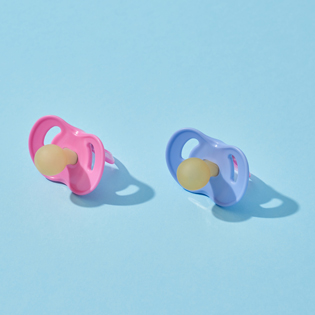

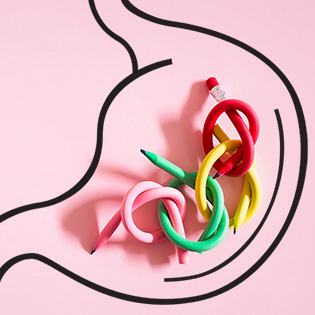

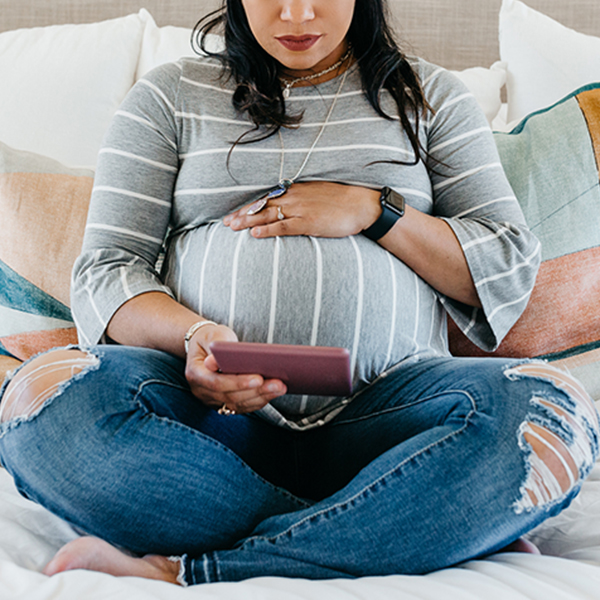

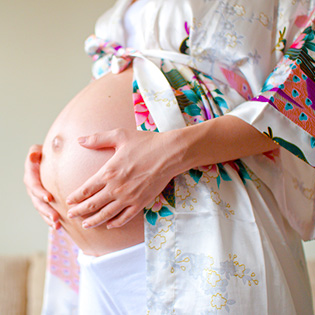

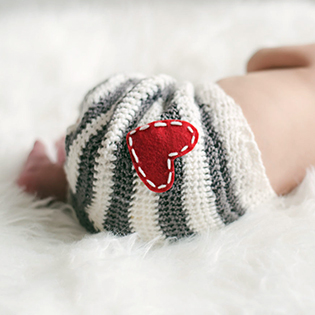
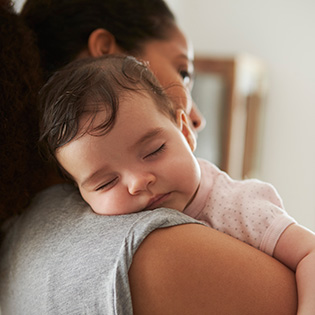
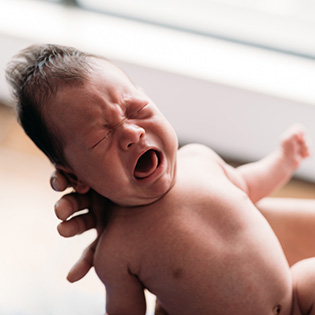


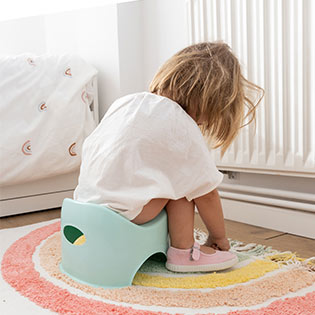
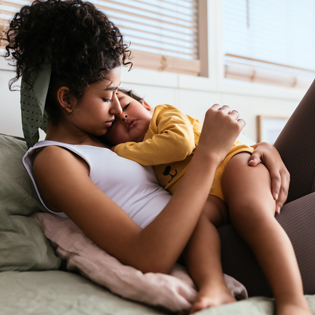

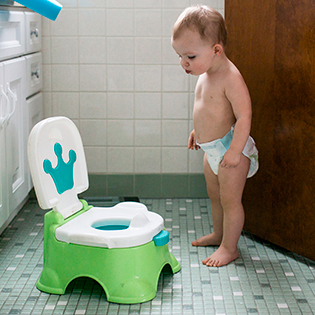

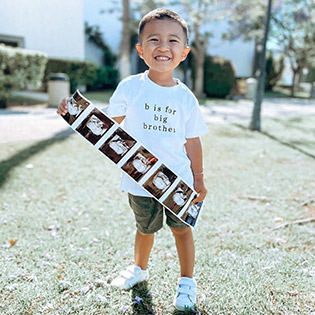

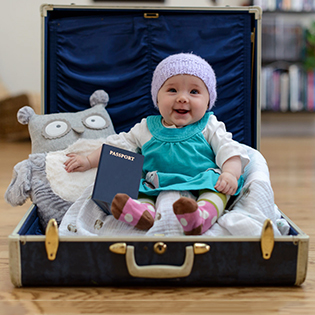
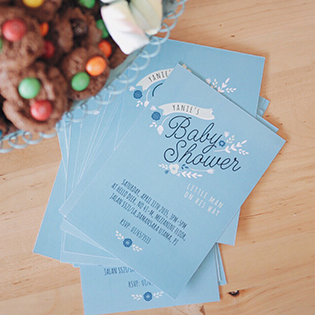

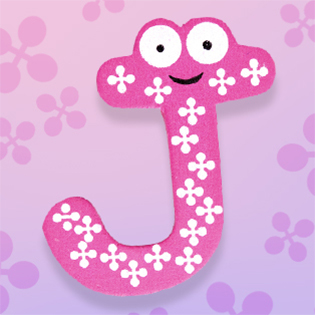
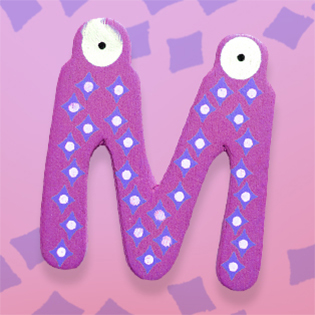
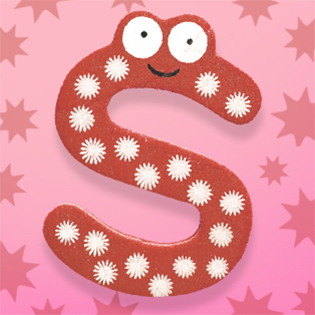
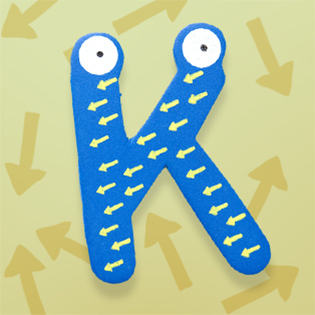
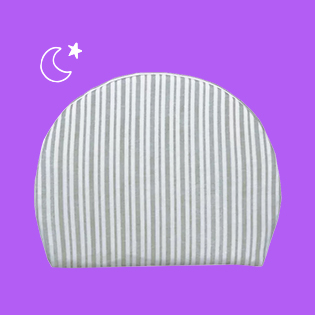
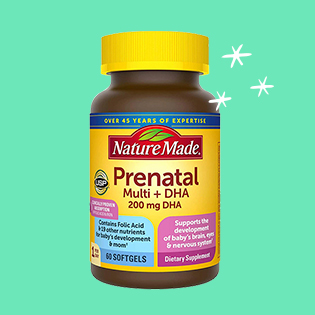
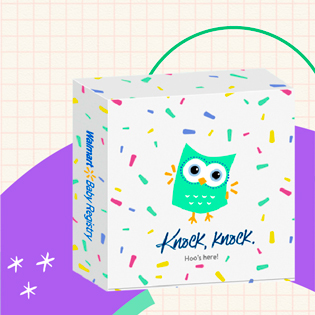

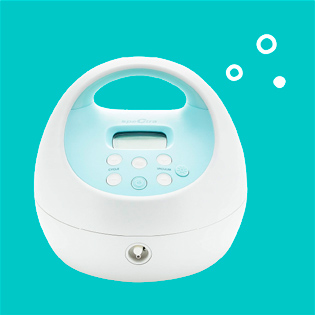

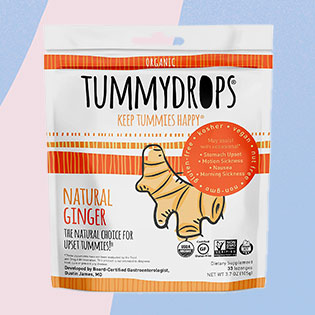

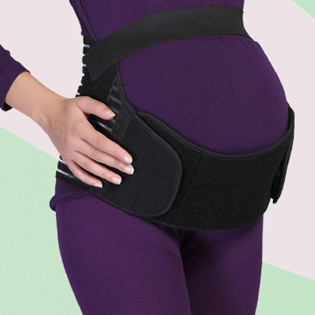
 Trending On What to Expect
Trending On What to Expect







